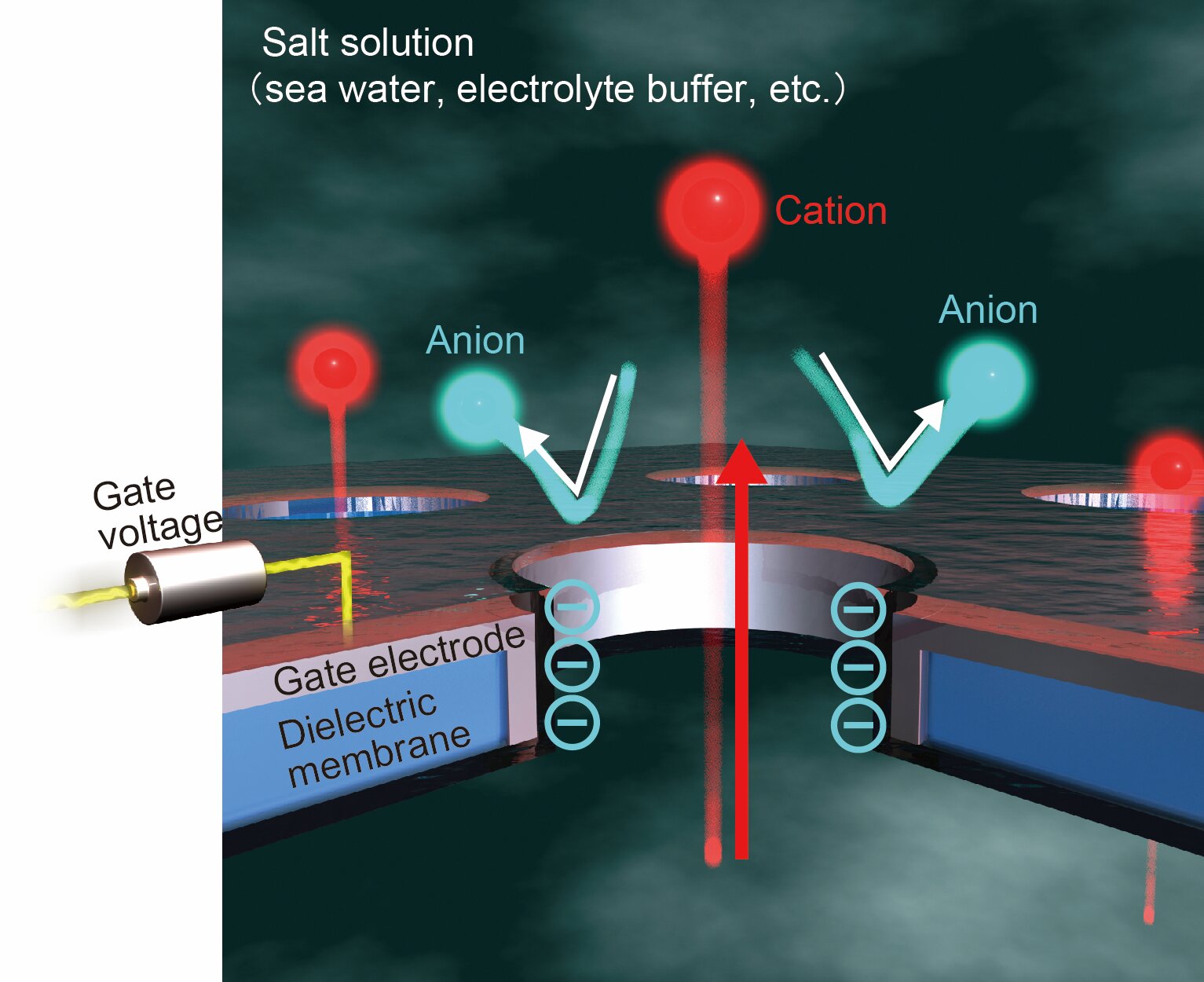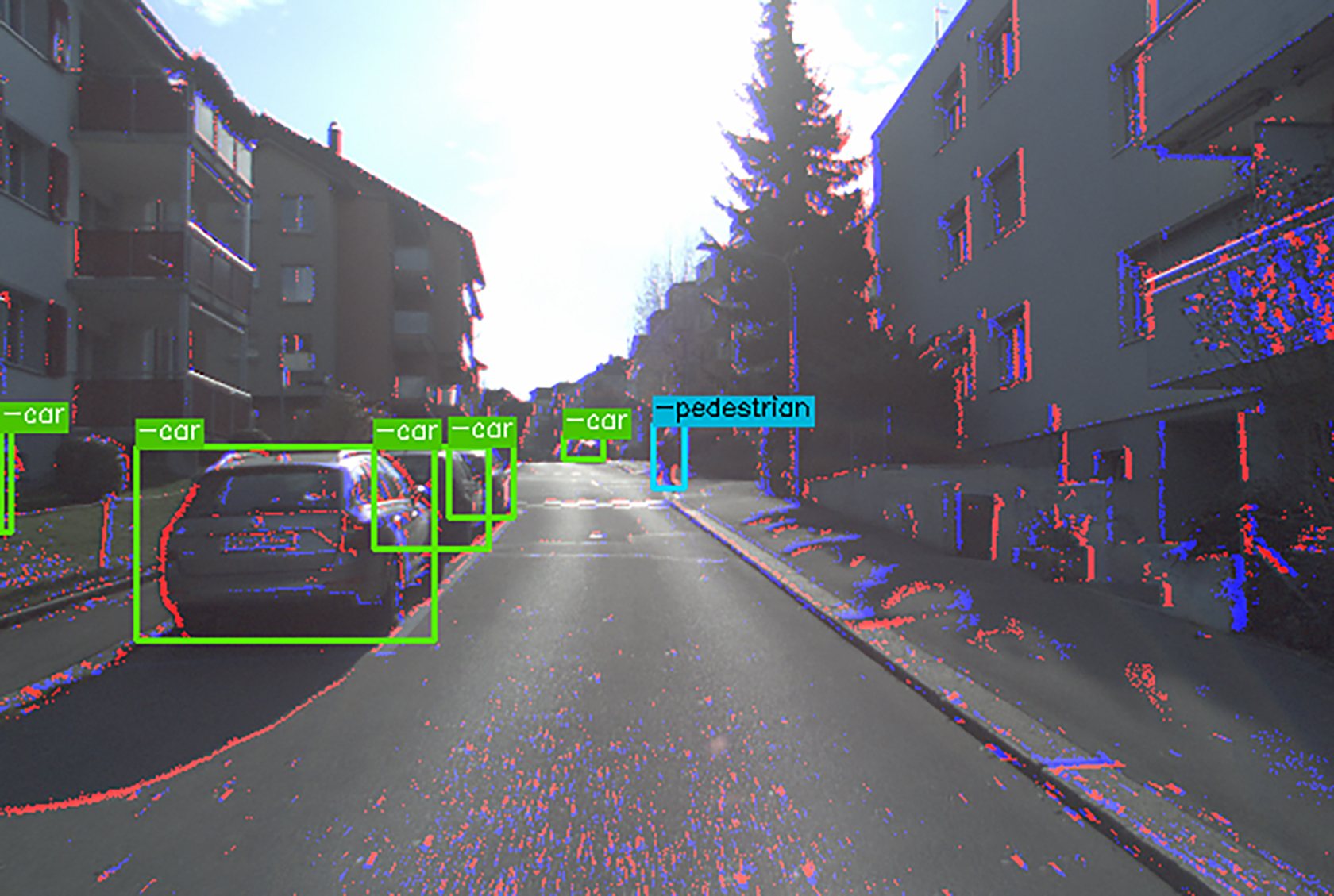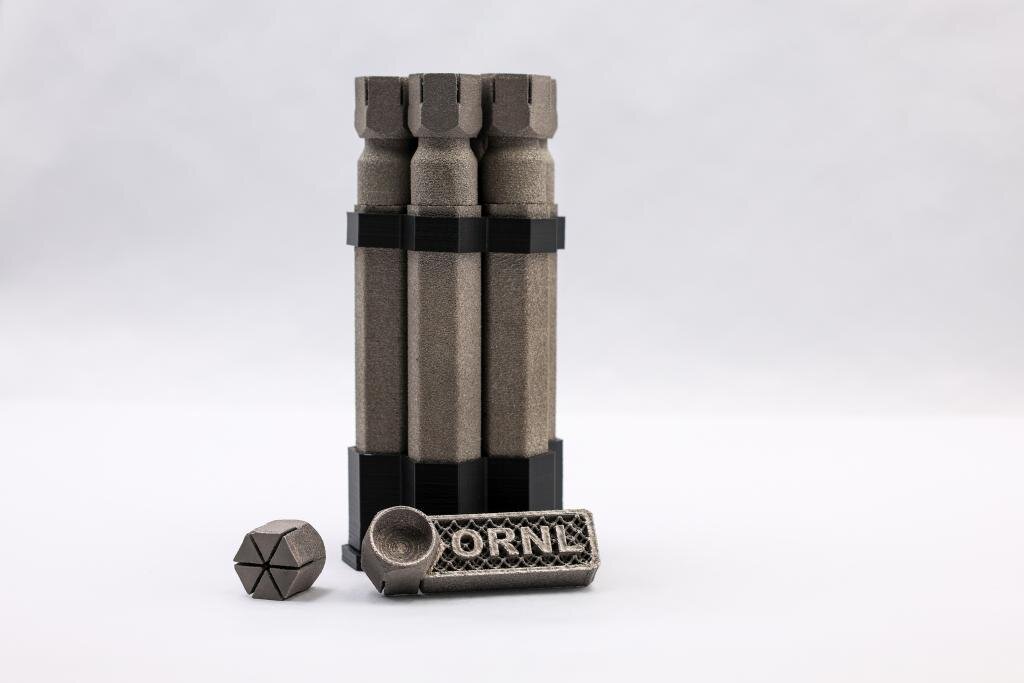
Blue energy has the potential to provide a sustainable alternative to fossil fuels. In simple terms, it involves harnessing the energy produced when the ions in a salt solution move from high to low concentrations.
A team including researchers from Osaka University has probed the effect of voltage on the passage of ions through a nanopore membrane to demonstrate greater control of the process.
In a study recently published in ACS Nano the researchers looked at tailoring the flow of ions through the array of nanopores that make up their membrane, and how this control could make applying the technology on a large scale a reality.
If the membranes are made from a charged...
Read More









Recent Comments